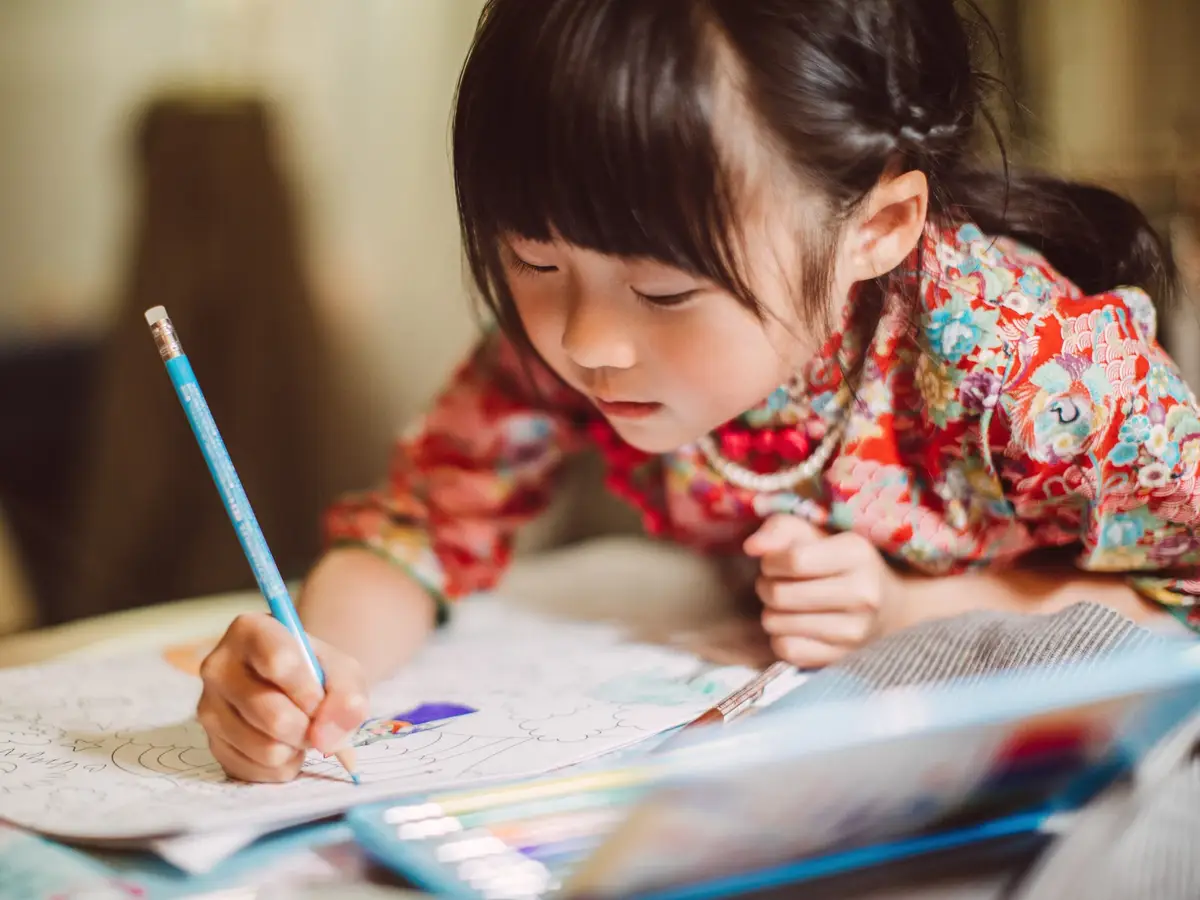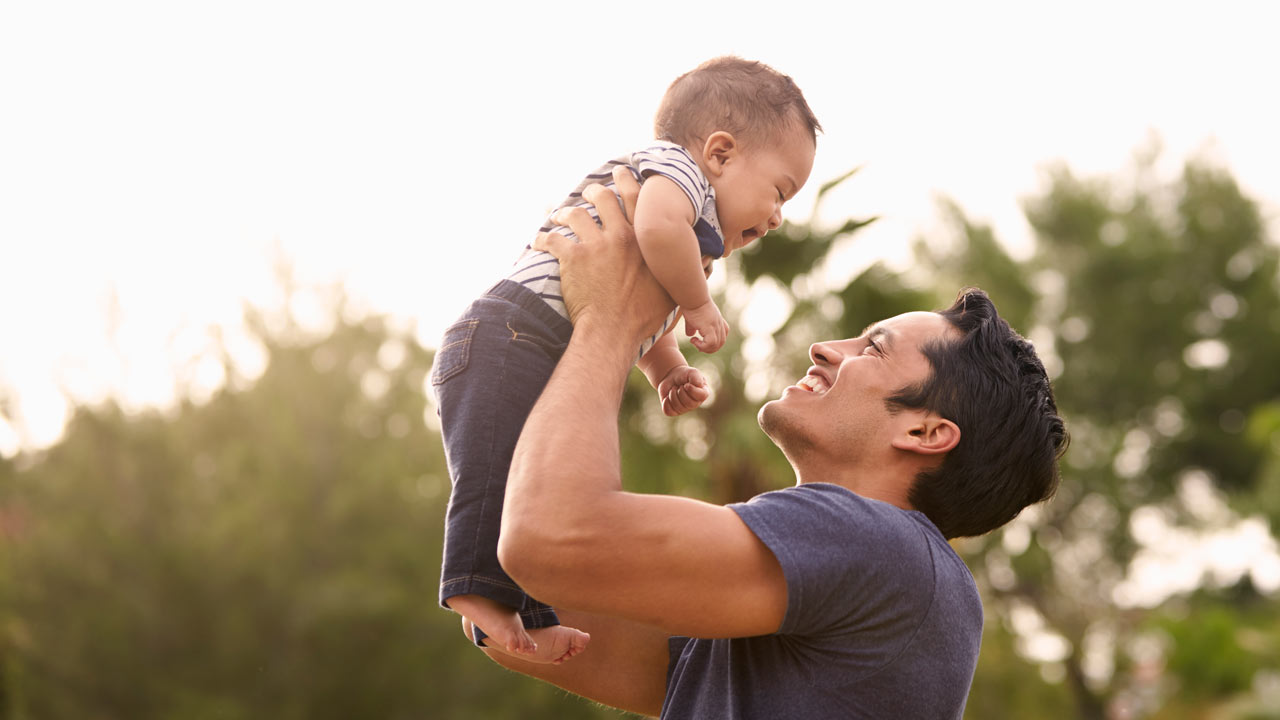Remember that time when my little one came home from school, tossed his backpack aside, and just melted into a puddle of frustration over a tough day? As a parent who’s navigated those stormy moments more times than I can count, I know firsthand how kids’ emotions can swing like a playground pendulum. But here’s the thing—nurturing their mental health isn’t about grand gestures; it’s about weaving simple, joyful habits into everyday life that build resilience and spark happiness. In this article, we’ll dive into practical ways to support your child’s emotional well-being, drawing from real experiences and expert insights to help them thrive.
Why Prioritizing Kids’ Mental Health is Crucial
Kids today face pressures that can feel overwhelming, from school demands to social media whispers. Focusing on their mental wellness early on helps them develop coping skills that last a lifetime, reducing the risk of anxiety or low self-esteem down the road. It’s like planting seeds in a garden—you water them now for strong roots later. By making mental health a family priority, you’re not just reacting to problems; you’re empowering your child to navigate life’s ups and downs with confidence.
Understanding Children’s Mental Health Needs
Children’s minds are like sponges, soaking up experiences that shape their emotional world. They might not always have the words to express feelings like worry or excitement, so tuning into subtle cues—like sudden quietness or bursts of energy—can make all the difference. Building awareness around this helps create a safe space where they feel heard, fostering trust and openness in your relationship.
The Top 10 Mental Health Activities
Let’s get to the heart of it—these activities aren’t just fun; they’re backed by insights from organizations like UNICEF and child health experts, designed to fit seamlessly into busy family routines. I’ve tried many with my own kids, and the smiles (and occasional giggles) speak volumes.
Mindfulness Breathing Exercises
Picture your child pausing amid chaos, taking a deep breath like blowing bubbles. This simple practice teaches them to anchor in the moment, easing racing thoughts and promoting calm. Start with “balloon breaths”—inhale to fill an imaginary balloon in their belly, then exhale slowly. It’s a quick tool for meltdowns, helping kids regain control without feeling overwhelmed.
Gratitude Journaling
Every evening, my family shares one thing we’re thankful for—sometimes it’s as silly as a favorite cartoon. Encourage your kid to jot down three positives in a notebook, turning focus from what’s missing to what’s abundant. This builds optimism, countering negativity and boosting self-worth over time. Make it creative with drawings for younger ones.
Yoga for Kids
We once turned our living room into a “jungle gym” with animal poses, roaring like lions in downward dog. Kid-friendly yoga improves flexibility while teaching mindfulness, reducing stress through gentle movements. Apps like Cosmic Kids make it adventurous, blending stories with poses to keep engagement high and moods lifted.
Creative Arts and Crafts
Hand your child crayons and watch emotions spill onto paper—it’s therapy in disguise. Activities like drawing “worry monsters” let them externalize fears, turning abstract feelings into something tangible they can “feed” away. This fosters self-expression, sparking joy and a sense of accomplishment in their unique creations.
Outdoor Physical Play
Nothing beats a backyard tag game to shake off the day’s tension. Active play releases endorphins, those natural mood boosters, while building physical health tied to mental clarity. Whether it’s biking or jumping rope, it encourages social bonds and resilience, reminding kids that movement is a fun escape.
Acts of Kindness
One weekend, my daughter baked cookies for neighbors, and her face lit up seeing their smiles—it was pure magic. Simple gestures like helping a friend or writing thank-you notes cultivate empathy and connection. These acts shift focus outward, enhancing self-esteem and creating a ripple of positivity in their world.
Emotional Charades
Turn family game night into an emotion guessing fest—act out “excited” or “frustrated” without words. It sharpens emotional vocabulary, helping kids recognize and articulate feelings in others and themselves. Laughter ensues when guesses go hilariously wrong, strengthening bonds while making tough topics approachable.
Nature Walks and Scavenger Hunts
We love hunting for “treasures” like colorful leaves on trails—it quiets the mind and reconnects with the world. Being outdoors lowers stress hormones, improving focus and mood through sensory exploration. Turn it into a hunt for shapes or sounds to add adventure, nurturing curiosity and peace.
Music and Dance Therapy
Crank up tunes and dance like no one’s watching—my kids’ goofy moves always crack me up. Music soothes anxiety, with rhythms regulating emotions and lyrics sparking reflection. Create playlists for different moods, encouraging free expression that builds confidence and releases pent-up energy.
Journaling Feelings
Give them a private space to scribble thoughts, like a “feelings diary” with prompts such as “What made me smile today?” It helps process emotions without judgment, fostering self-awareness and problem-solving skills. Over time, it becomes a trusted outlet, turning introspection into a empowering habit.
Comparing Indoor vs. Outdoor Mental Health Activities
Sometimes weather or schedules dictate where you play, but both indoor and outdoor options offer unique perks. Here’s a quick comparison to help you choose based on your family’s needs.
| Aspect | Indoor Activities (e.g., Journaling, Arts) | Outdoor Activities (e.g., Nature Walks, Play) |
|---|---|---|
| Accessibility | Easy to do anytime, no special gear needed | Depends on weather, but free and natural |
| Benefits | Builds creativity and introspection in a controlled space | Boosts vitamin D, physical health, and sensory stimulation |
| Challenges | Can feel confined if overdone | May require planning or travel |
| Best For | Rainy days or quiet evenings | Energetic kids needing space to roam |
This table shows how blending both keeps things balanced—indoor for reflection, outdoor for vitality.
Pros and Cons of Group vs. Individual Activities
Deciding between solo or shared fun? Group activities shine in building social skills, while individual ones allow deep personal growth. Weigh these to mix it up.
Pros of Group Activities:
- Fosters teamwork and empathy
- Adds fun through shared laughter
- Builds lasting friendships
Cons of Group Activities:
- Can overwhelm shy kids
- Scheduling conflicts arise
- Less focus on personal needs
Pros of Individual Activities:
- Encourages self-reliance
- Tailored to personal pace
- Promotes quiet reflection
Cons of Individual Activities:
- Might feel isolating
- Lacks peer motivation
- Harder to track progress alone
By alternating, you cover all bases for well-rounded wellness.
What is Mental Health for Kids?
Mental health for kids is about feeling good inside, handling emotions, and bouncing back from tough spots. It’s not just avoiding problems but thriving with joy and connections. Think of it as emotional fitness—regular “workouts” like play keep it strong.
Where to Get Resources for Kids’ Mental Health Activities
Looking for free tools? Head to sites like the Kids Mental Health Foundation for printable worksheets or Cosmic Kids Yoga on YouTube for guided sessions. Apps such as Calm offer kid sections with stories and breaths—perfect for on-the-go support.
Best Tools for Boosting Kids’ Mental Wellness
For top picks, try the Gratitude Jar kit from craft stores or mindfulness apps like Headspace for Families. Books like “The Feelings Book” by Todd Parr provide engaging reads, while online platforms from Sesame Workshop deliver interactive games that make learning fun.
People Also Ask
Drawing from common searches, here are answers to questions parents often have about supporting their kids’ emotional health.
What Activities Help Children’s Mental Health?
Fun, structured play like yoga or art helps kids manage stress and express feelings. These build skills for life, much like how my son’s drawing sessions turned his frowns into stories we could talk about.
How Can I Help My Child’s Mental Health at Home?
Start small with daily check-ins and routines that include downtime. Sharing your own feelings models openness, creating a home where emotions are welcomed without judgment.
What Are Examples of Mental Health Activities for Kids?
Breathing games, nature hunts, or kindness challenges are great starters. They’re easy to adapt, turning ordinary moments into opportunities for growth and giggles.
How Do You Teach Kids About Mental Health?
Use simple analogies, like comparing emotions to weather—sunny days and storms pass. Books and games make it relatable, helping them understand without overwhelming.
FAQ
How Often Should Kids Do Mental Health Activities?
Aim for daily integration, like a quick breath before bed or weekly family games. Consistency matters more than duration— even 10 minutes builds habits without pressure.
Are These Activities Suitable for All Ages?
Yes, but tweak for development—toddlers love simple breaths, while teens might prefer journaling. Observe what clicks, adjusting to keep it engaging and age-appropriate.
What If My Child Resists Participating?
Don’t force it; lead by example and make it playful. If resistance persists, chat gently about why—sometimes a pro like a counselor can offer tailored advice.
Can These Activities Replace Professional Help?
They’re supportive tools, not substitutes. If signs like ongoing sadness appear, consult experts via resources like Mayo Clinic for guidance.
How Do I Measure If They’re Working?
Look for subtle shifts—more smiles, better sleep, or easier talks about feelings. Track in a family journal to celebrate progress together.
In wrapping up, remember that boosting your kid’s wellness is a journey we all share. From those chaotic play sessions to quiet reflections, every step counts. If you’re inspired, why not try one activity tonight? Your child’s brighter smile might just be the best reward. For more ideas, check out UNICEF’s parenting resources or the Mayo Clinic’s child health section. And if you need community support, forums like Pinterest boards on kids’ activities are goldmines. Keep nurturing that inner strength—it’s the gift that keeps giving.



